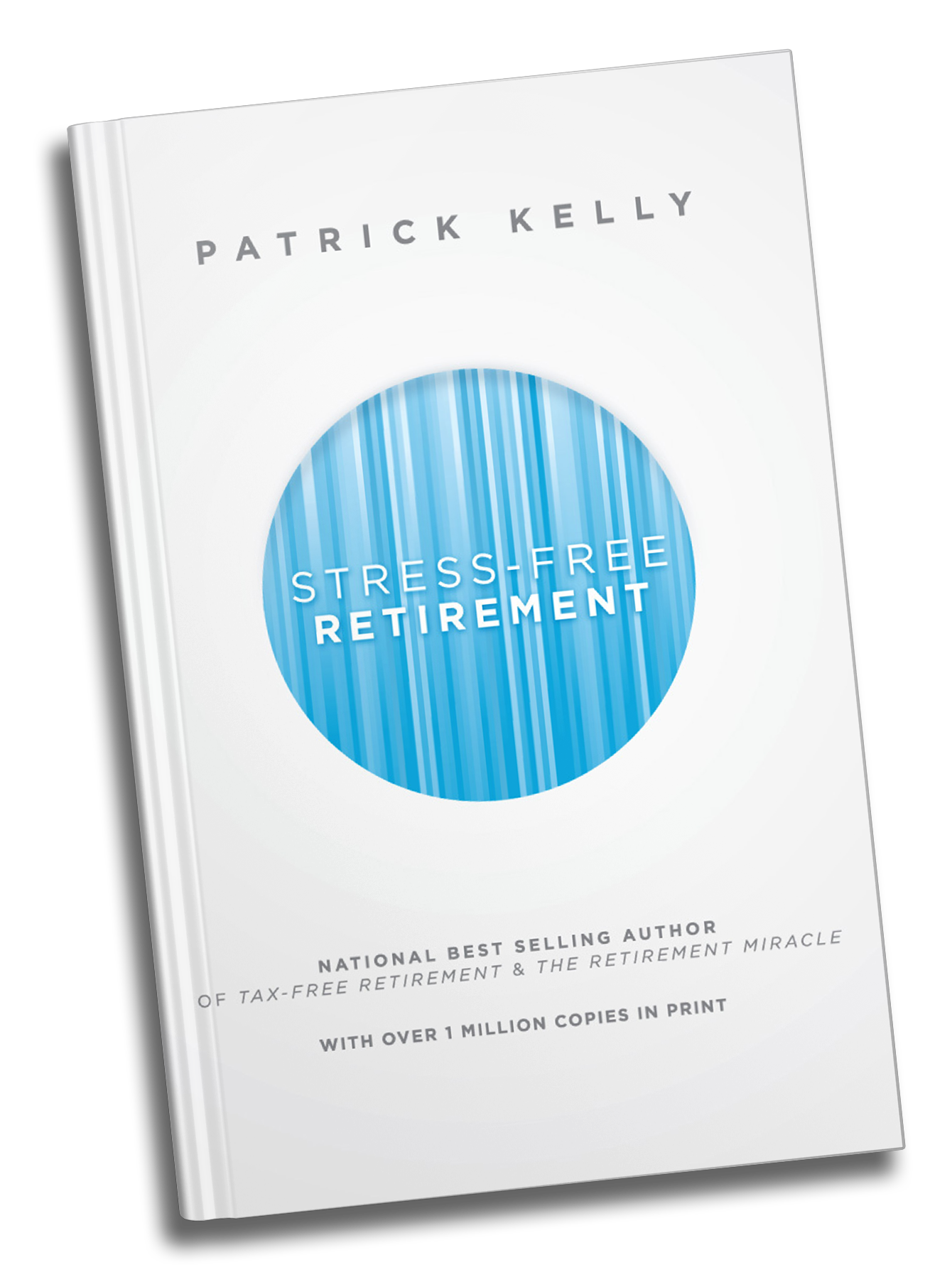
According to a recent analysis by Fidelity Investments, a couple retiring at age 65 this year could end up paying $280,000 on medical care in retirement. While this estimate is over a roughly two decade period, it does not include prices for dental care, long-term care, and over-the-counter drugs. And, as Americans are living longer, this estimate will likely continue to rise depending on your individual health status. Will Medicare be enough to cover your major healthcare expenses? How much of your Social Security income will be dedicated to it? Does your tax strategy account for healthcare? These are important questions that a trusted financial professional can help you to answer. So, don’t forget about healthcare in your retirement plan, and start strategizing today on how you will cover these types of expenses.
It’s expected that healthcare costs will continue to rise in the future, which is why it’s important that your retirement plan accounts for these upcoming expenses. Maintenance costs, insurance premiums, co-pays, deductibles, prescriptions, and potential long-term care expenses are just a few of the things you’ll need to look out for down the road. When it comes to healthcare, plenty of us fall into the trap of just thinking that Medicare will cover our major expenses, without realizing just how high deductibles or uncovered expenses can be. While most retirees rely on Medicare, the situation is changing and by 2029, Medicare’s main hospital trust fund will likely be depleted. Additionally, the federal government’s health insurance program for seniors only has enough sources of outside revenue to cover approximately 88% of the program’s expected demand. Given the program’s current standing and expectations for the future, it is extremely important that you have enough money set aside for your own out-of-pocket healthcare expenses.
The Nationwide Retirement Institute published a recent study stating that the average amount of Social Security that people plan to spend on healthcare is 15%. However, according to Nationwide, the average individual who files at age 62 will spend 64% of their Social Security income on healthcare. And, interestingly enough, 4-in-10 respondents to the survey stated that they don’t think they’ll spend any of their Social Security income on healthcare. With looming threats of sky-high deductibles and unexpected health problems that aren’t covered by insurance, retirees must look at other options like personal savings, pensions, and housing equity if needed to cover their expenses related to healthcare.
Although medical expenses are tricky to deduct from your taxes, there is one tax strategy (bunching) that can help ease the burden. Bunching is essentially doubling up on certain expenses one year, then skipping them the next year. So if you can squeeze in several doctor’s visits or necessary surgeries into this year, you can push your medical bills over the threshold needed for a tax deduction. Currently, the threshold is at 7.5% of your income. Starting next year (2019), the threshold is rising even higher to 10% of a person’s income.
In the end, it’s no secret that one’s health is among the biggest risks in retirement. While you can exercise regularly and eat healthy, there’s no telling what the future might hold for you. So, don’t forget about healthcare in your retirement plan and get started on a strategy today by clicking here to request a complimentary, no obligation financial review. Healthcare costs are just one factor that can seriously drain your purchasing power in retirement if it isn’t accounted for. Let us help you navigate all of your retirement income planning decisions, taking all of the necessary risks like healthcare into account. We’ll learn your life goals and combine them with your unique financial situation to help create a customized retirement plan that aims to carry to and through retirement.



